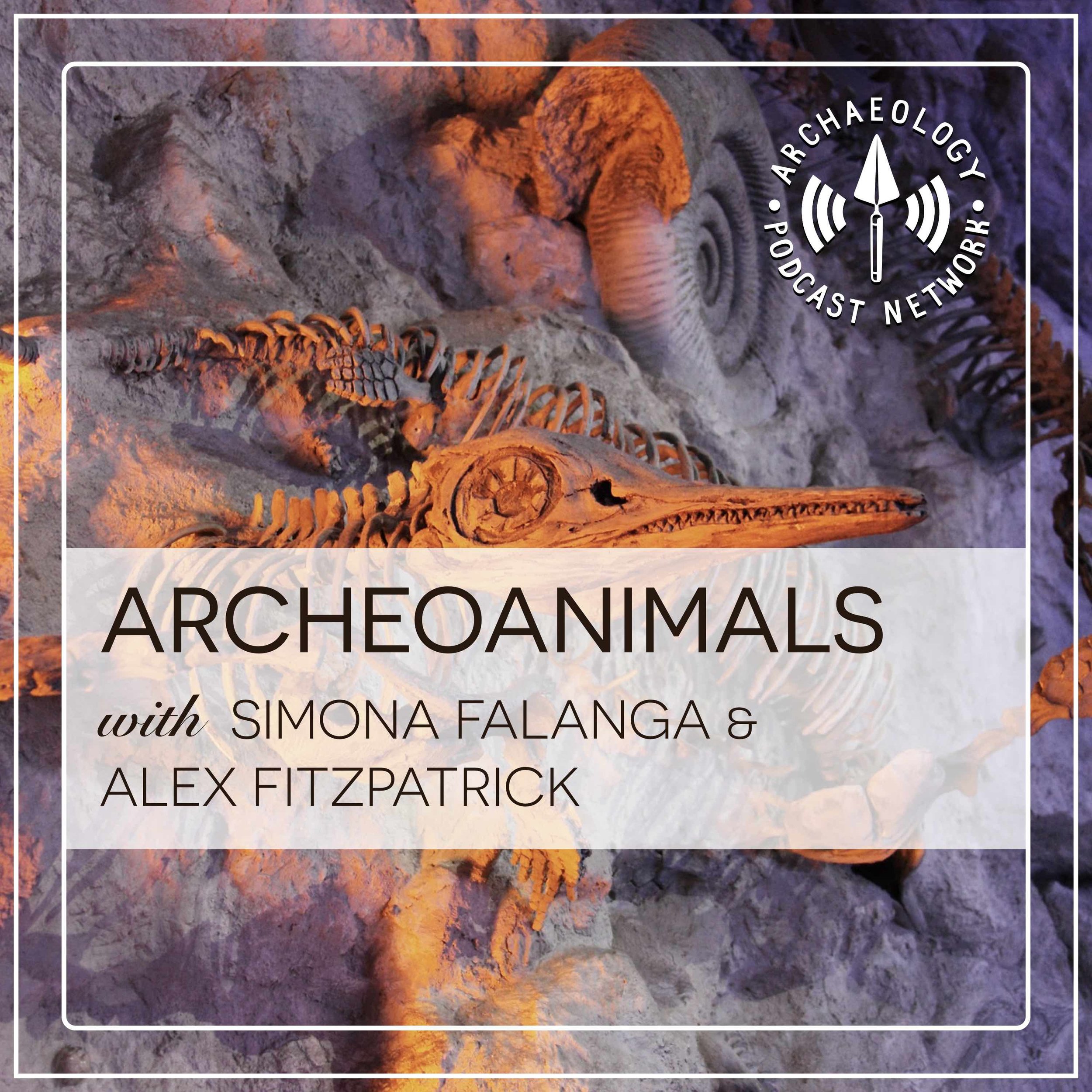In this final episode of ArchaeoAnimals, Alex and Simona look back to over five years of podcasting about the archaeology of animal remains. From the very beginnings, to some of the running themes, recurring characters and inside jokes, this episode is an introspective journey into ArchaeoAnimals. Tune in for some of our favourite ArchaeoAnimals moments, we hope you’ll enjoy them as much as we did.
Transcripts
Links and Sources
Aerts, S. (2022) The Secret Life of Beetles. Wessex Archaeology.
Daley, J. (2016) A Brief History of Bog Butter. Smithsonian Magazine.
Davis, J. (2020) Giant Dormice the Size of Cats used to Live on Sicily. Natural History Museum.
Hayward, L. (2023) A Guide to Pliny the Elder’s Natural History. The Collector.
Killgrove, K. (2019) Vat of Ancient Fish Sauce may Confirm Date that Pompeii was Destroyed. Forbes.
Lyons, K. (2018) Knickers the Cow: Why Australia’s Giant Steer is so Fascinating. The Guardian.
Contact
Alex FitzpatrickTwitter: @archaeologyfitz
Simona FalangaTwitter: @CrazyBoneLady
Alex’s Blog: Animal Archaeology
Music "Coconut - (dyalla remix)" https://www.youtube.com/watch?v=_2UiKoouqaY
Affiliates
Motley Fool
Save $110 off the full list price of Stock Advisor for your first year, go to https://zen.ai/apnfool and start your investing journey today!
*$110 discount off of $199 per year list price. Membership will renew annually at the then current list price.
Laird Superfood
Are you ready to feel more energized, focused, and supported? Go to https://zen.ai/thearchaeologypodnetworkfeed1 and add nourishing, plant-based foods to fuel you from sunrise to sunset.
Liquid I.V.
Ready to shop better hydration, use my special link https://zen.ai/thearchaeologypodnetworkfeed to save 20% off anything you order.
